By Christopher Miskimon
Thirteen Panzerkampfwagen IV tanks advanced down the Chouigui-Mateur road in an attack against the newly arrived American First Armored Division. It was November 25, 1942, near the Tire River Valley in Tunisia.
Three American halftracks mounting 75mm pack howitzers engaged the German advance but withdrew upon realizing their fire was ineffective. Companies A and B of the 1st Battalion, 1st Armored Regiment went into action. Support was provided by B Company, while A Company’s 12 M-3 Stuart light tanks attacked the larger German panzers.
Company A quickly found itself in trouble. The thicker frontal armor of the panzers could not be penetrated by the M-3’s small 37mm gun. One by one, the American tanks fell prey to the long-barreled 75mm cannon of the enemy. One German tank, keeping its frontal armor pointed at an M-3 it had targeted, closed to some 30 yards before firing a shot that destroyed the American tank as it tried to retreat, killing or wounding most of its crew. The American tankers fired 18 rounds at their foe during the Germans’ approach, only to watch hits spark as they bounced away harmlessly. Still, the fight with A Company caused the Germans to turn their more vulnerable rear armor to B Company in its supporting positions. The B company gunners were able to knock out nine of the panzers.
The dual problems of weak firepower and light armor cursed the Stuart tank throughout its service life. Mechanically reliable, Stuarts were quickly relegated to secondary roles in the European theater, though the tank found more use in the Pacific. Nevertheless, the Stuart, in both its M-3 and M-5 models, was not withdrawn until after the war. It was widely used by several of America’s allies, including France and Britain. The Stuart name, in fact, was a British contribution, as it was their practice to name U.S. tanks in their service after American Civil War generals, in this case it was Confederate cavalry General Jeb Stuart.
The Stuart’s origin can be directly traced to American tank development of the 1930s. A number of M-3 ancestors were designed as either light tanks for the infantry or “combat cars” for the cavalry. At the time, only the infantry branch was allowed to possess tanks, so vehicles for the cavalry were called combat cars to avoid violating the regulation. Both vehicles were very similar in design, however.
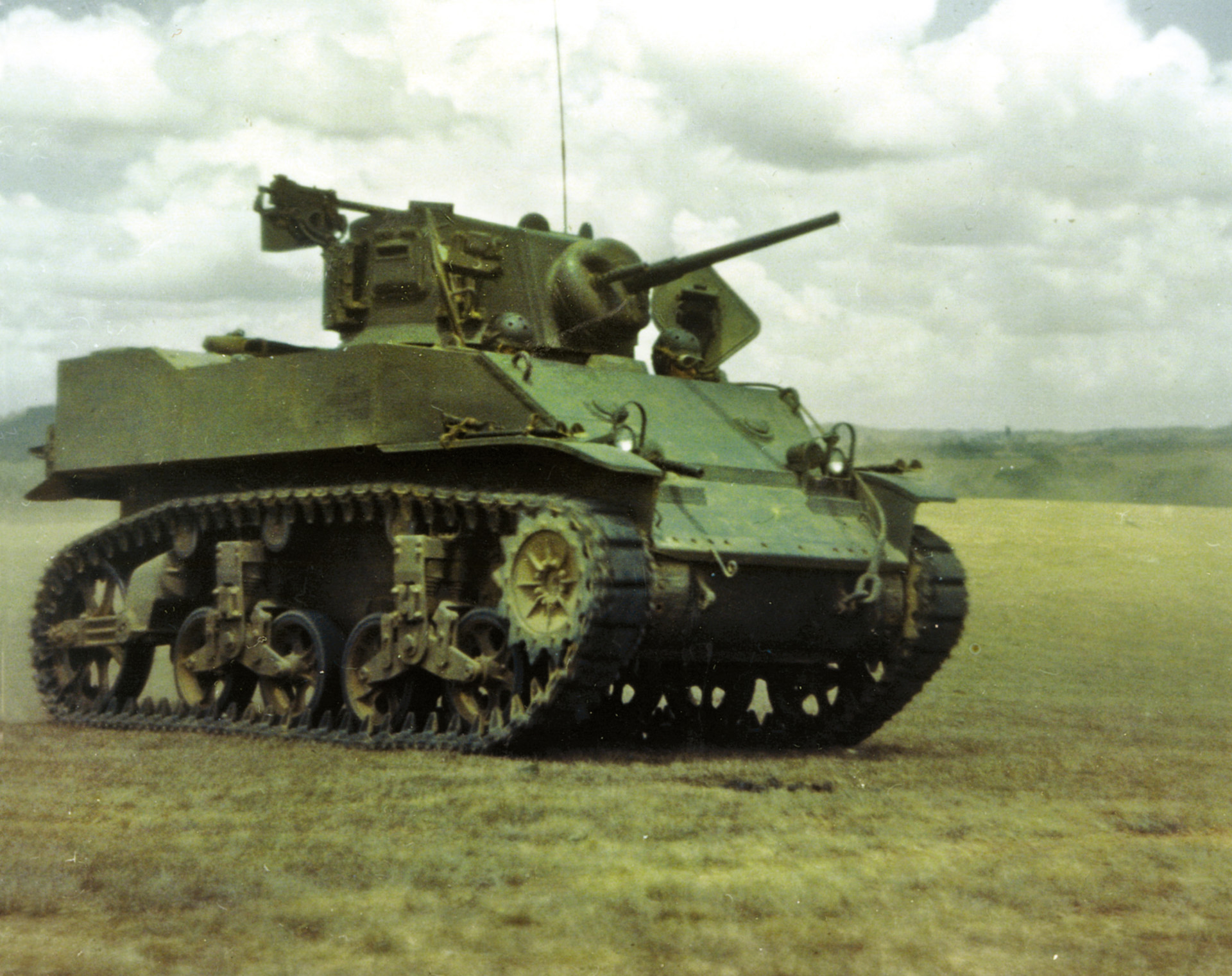
These vehicles went through a number of design stages, particularly as the lessons of tank use in the Spanish Civil War were digested. The fighting there showed the need for increased armor protection against anti-tank weapons like the German 37mm cannon as well as the need to mount a cannon of at least 37mm on U.S. tanks. At that time, American tanks mounted no heavier weapon than a .50 caliber machine gun.
The beginning of World War II further highlighted the importance of heavier armor and weapons. Unfortunately, American designers clung to the concept of light tank use while future opponents like Germany looked harder at medium and heavy tanks.
Work on an improved light tank began in July 1940. This tank was designated the M-3 and mounted a 37mm cannon as well as 38mm of armor in front. That thickness of armor was still not enough to stop even 37mm rounds, but the new design was not considered able to carry armor of greater thickness, even with improvements to the chassis suspension.
Besides the cannon, the M-3 mounted five .30-caliber machine guns—one on the turret roof, one coaxial beside the cannon, and three in the hull. The first M-3s had riveted turrets, which were quickly replaced with stronger welded turrets. This reduced the danger to the crew from rivet heads bouncing around the interior if the tank was hit. The new turret was used from April 1941 until the end of the war. Accepted into service, production of the M-3 had begun in earnest the month before.
The production version of the M-3 weighed in at 13.7 tons when loaded for combat. It was 14 feet, 10 inches long with a width of seven feet, four inches, and a height of eight feet, three inches. The crew comprised four men: a driver, co-driver, loader, and the commander who had to double as a gunner. M-3s could make 36 miles per hour on roads and 20 cross-country. The tank’s maximum range was about 75 miles on solid ground.
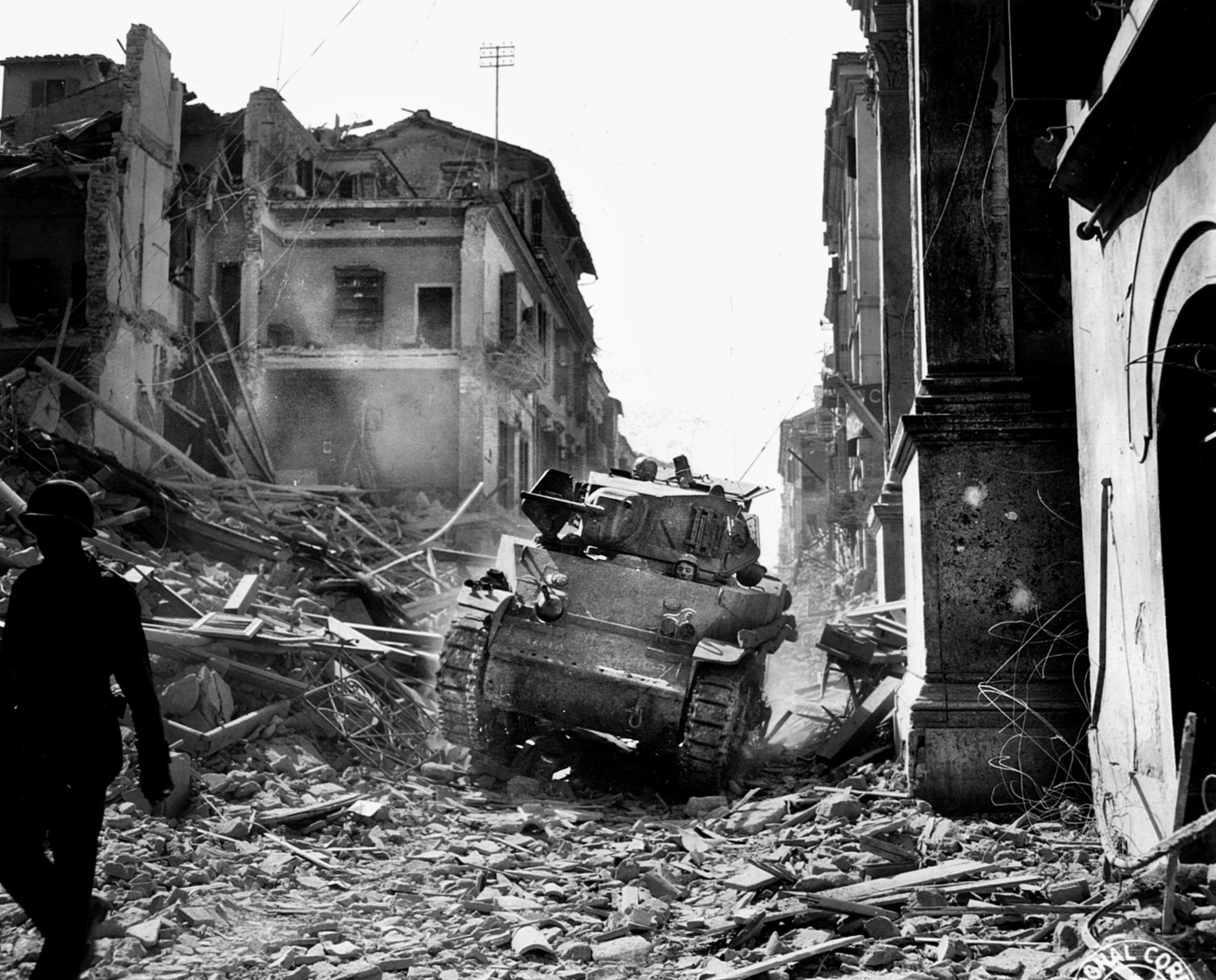
Through Lend-Lease, the British Army began to acquire the M-3. While it was not the ideal, it was still a tank, and the British needed all they could get for the fighting in North Africa. Still, the M-3 offered some advantages. It was mechanically reliable compared to British designs, and its 37mm gun could fire a high-explosive round against unarmored targets, something the two-pounder gun on the British tanks lacked. To customize the tanks for their use, the British added such features as extra external stowage, removal of two of the hull-mounted machine guns, and various internal details. The first eighty-four tanks were shipped to Egypt in July 1941, where British troops gave it the additional nickname “Honey” for its reliability.
The Stuart’s baptism of fire came on November 19, 1941, during Operation Crusader. The 8th King’s Royal Irish Hussars fought elements of the 21st Panzer Division near Gabr Saleh, losing 20 Stuarts to three panzers. By the end of the battle, many more Stuarts had been lost to German armor and antitank guns, though losses were due more to German tactical proficiency than any particular deficiency of the Stuart. In fact, the bulk of German armor, mostly Panzer Mark III and IV tanks, were not markedly superior to the M-3 in terms of armor or firepower. Indeed, the Germans used a number of captured Stuarts in North Africa. As M-3 light and M-4 medium tanks began to reach British hands in the spring and summer of 1942, the Stuarts were gradually shifted from frontline service to reconnaissance.
About the same time the Stuart was deployed in the desert, the U.S. Army was fielding it in the Pacific. Two battalions equipped with the M-3 were sent to the Philippines to reinforce the American garrison in September 1941. When the Japanese attacked in December, both units took part in the fighting. Japanese tanks of the day were by no means superior to the Stuart, so American crews fared better than their comrades in North Africa.
During this initial period of service, the M-3 underwent a number of changes, including several additional turret designs. A number of production models were fitted with diesel engines due to a shortage of the continental gasoline engine normally fitted. To simplify logistics, diesel tanks were generally kept in the United States, the exception being tanks issued to the Marine Corps, which could get diesel fuel from Navy sources. Subsequent models of the M-3 included the M-3A1, which had a gun gyrostabilizer, powered turret traverse, and a vehicle intercom, and the M-3A3, with a welded hull and changes in the interior layout. A total of 5,811 M-3s were produced, as well as 9,031 M-3A1s and 3,427 M-3A3s.
The final upgraded version of the Stuart was the M-5 model. In its M-5A1 configuration, it was basically an M-3 powered by twin Cadillac engines and a Hydramatic transmission, as well as the latest improvements of the M3A3. Range was increased to 100 miles, and combat weight went up to 16.5 tons. Ultimately, however, the Stuart, whether an M-3 or M-5, was still undergunned and underarmored for the role assigned it.
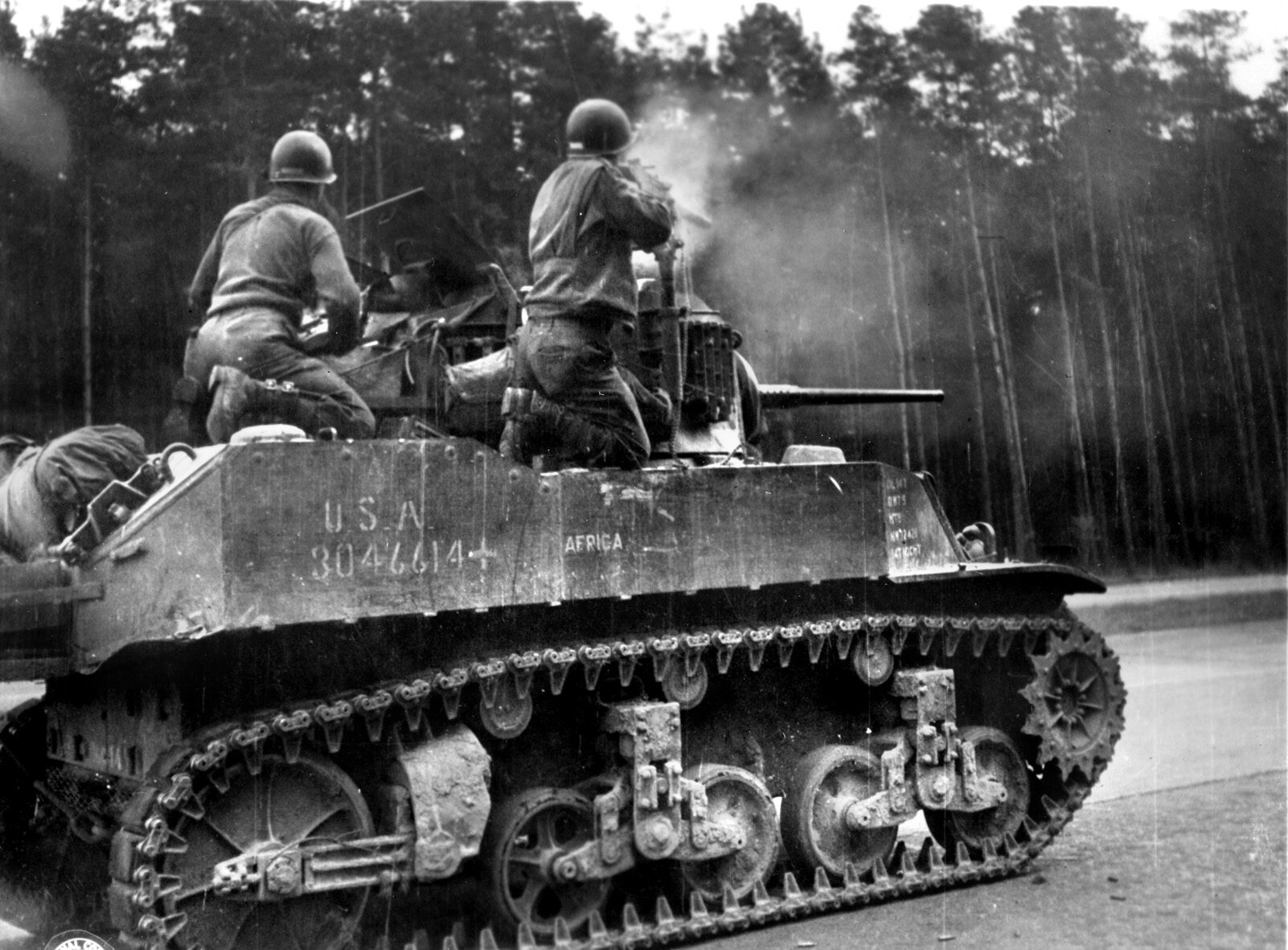
Frontline users recommended discontinuing the design. By the end of 1942, though, over 13,000 Stuarts had been produced, and the production lines were in full swing. Coupled with the fact that no suitable replacement was available, it was clear the design would have to soldier on. A total of 10,958 M-5 Stuarts rolled off the lines by the time production ceased in 1944.
Some changes would occur, however. A reorganization of armored units eliminated light tank battalions and resulted in combined regular tank battalions with three medium tank companies and one light company. The concept was to use the light tanks for reconnaissance and security missions. Some independent units such as cavalry squadrons also used Stuarts, and they were in widespread use during and after the Normandy landings. Against the Germans in Europe, the Stuart was vulnerable to the myriad of anti-tank weapons they used, from the handheld panzerfaust to the dreaded 88mm gun. Despite the cautious employment of the Stuarts by many commanders, 1,200 were lost in Europe and Italy.
Comparatively, the Stuart provided yeoman service in the Pacific theater, where enemy weapons did not outmatch its weaknesses. There was relatively little tank-to-tank fighting in the Pacific, but the tank found plenty of use in support of infantry. Though armored vehicles often had trouble traversing jungle terrain, the Stuart’s light weight and small size actually mitigated this disadvantage.
M-3s went ashore at Guadalcanal in August 1942, and in September they were used by Australian troops in New Guinea. They rendered valuable service in defensive fighting, both from their machine guns and their cannon, which fired canister rounds (a cannon shell filled with small projectiles, akin to a giant shotgun shell). This firepower was also quite useful when the enemy attacked the tanks themselves. Japanese infantry had nothing like the bazooka or panzerfaust, and antitank guns were often difficult to employ well in Pacific terrain.
More personal tactics were required. Groups of infantry would charge a tank, attempting to swarm over it. Explosive charges would then be set to destroy the tank or be thrown inside if the attackers could get a hatch open. This tactic, while foolish in open terrain, could to work in close-in jungle terrain, though often at a high cost in lives. To counter this tactic, tankers would operate in groups. If enemy infantry attempted to swarm the tanks, they could literally hose each other down with machine gun fire to ward them off. On Guadalcanal, General Alexander Vandegrift stated that the tanks resembled “meat grinders” due to the covering of blood they were coated with.
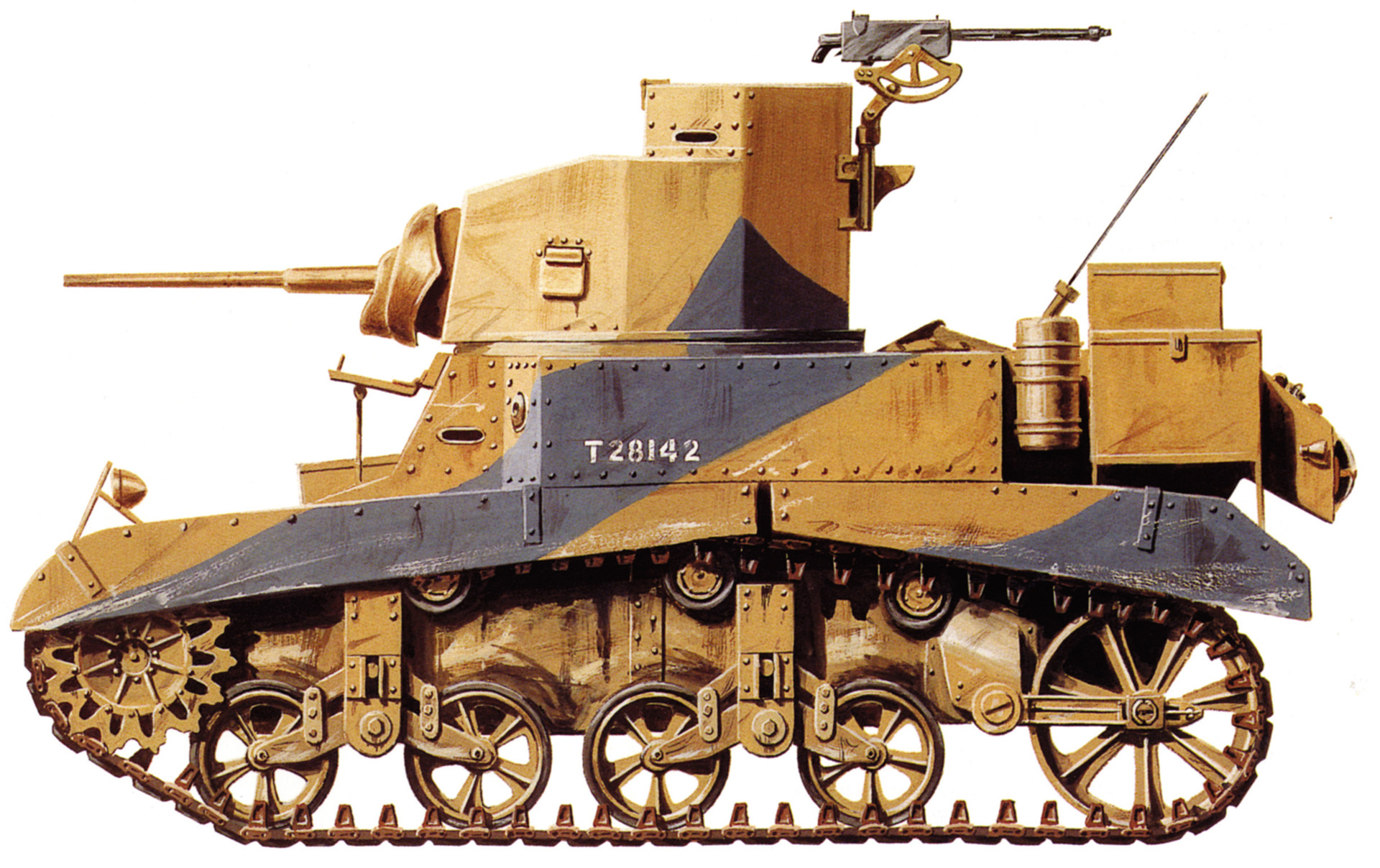
The inadequacies of the Stuart did come to light even in the Pacific, though. When the 2nd Marine Tank Battalion went ashore at Tarawa, it confronted a network of well-built Japanese bunkers. The 37mm guns of its M-3s did little damage to them. Tank crews resorted to driving directly up to the bunkers and firing right into the embrasures. In fairness, it must be said that even larger tank guns were of limited effect against such structures.
One solution to the problem of destroying bunkers was the flamethrower tank. To this end, 20 Stuarts were equipped with the Satan flamethrower. This weapon had a range of up to 60 yards and was fitted in place of the 37mm gun. In practice, gun-equipped Stuarts would accompany flamethrower tanks in case enemy tanks appeared. Flamethrower tanks played a part in the invasion of Saipan during summer 1944.
Though its value as a frontline tank was quickly over, the Stuart chassis was used successfully for a number of variants. Perhaps the best known of these was the M-8 howitzer motor carriage. Mounting a 75mm M-1A1 pack howitzer in an open-topped turret, it was originally intended to provide support for light tank battalions. The diminutive but nevertheless effective pack howitzer could send high explosive or smoke rounds over 9,000 yards. Once light tank battalions were replaced, it was instead issued to cavalry reconnaissance units. The M-8 first saw action in Normandy and served for the rest of the war. A total of 1,778 were built, with some 174 being given to the French forces, which also used over 500 M-3s and M-5s.
Though never an official variant, British units adapted the Stuart by removing its turret and using it in a variety of roles. A personnel carrier known as the Stuart Kangaroo was created by fitting the turretless chassis with seating for infantry, and a similar reconnaissance version, fitted with a machine gun mounting, also appeared late in the war. Another notable variant was a command vehicle used by high-ranking officers. Again, the turret was removed, and a ring of steel plating was inserted to create a small superstructure around the turret ring.
The Stuart tank was a decent 1930s-era design that simply found itself outclassed by most of its wartime counterparts. Its successful use depended on the prudence and ingenuity of its crews. When kept to missions that did not unduly test their weaknesses, Stuarts could and did provide useful service. Even when used outside their limits, they plugged gaps in Allied tank forces until heavier medium tanks arrived.
Author Christopher Miskimon is a regular contributor to WWII Quarterly. He also writes book reviews for WWII History magazine and is a retired Colorado National Guard Officer.
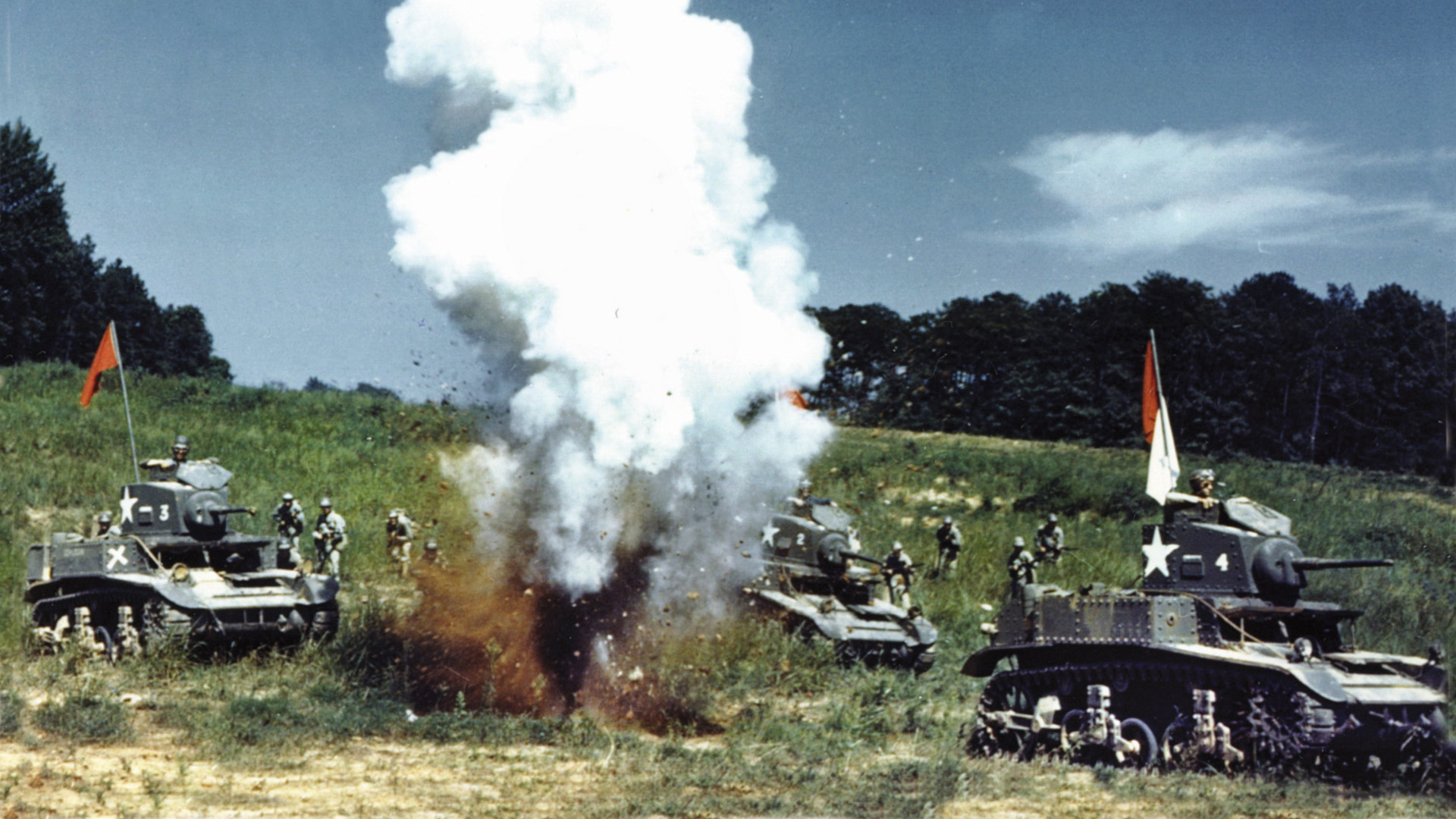
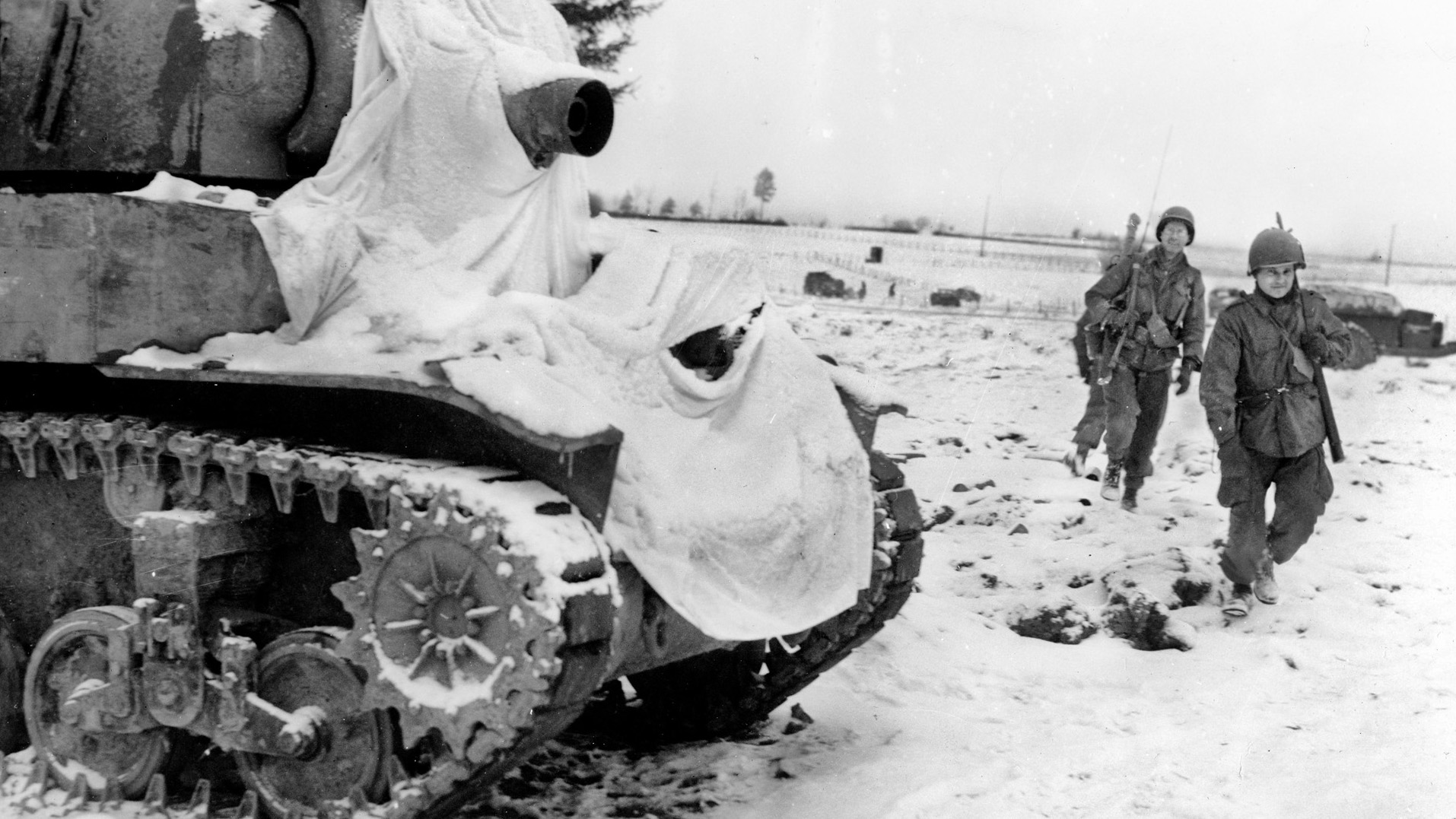
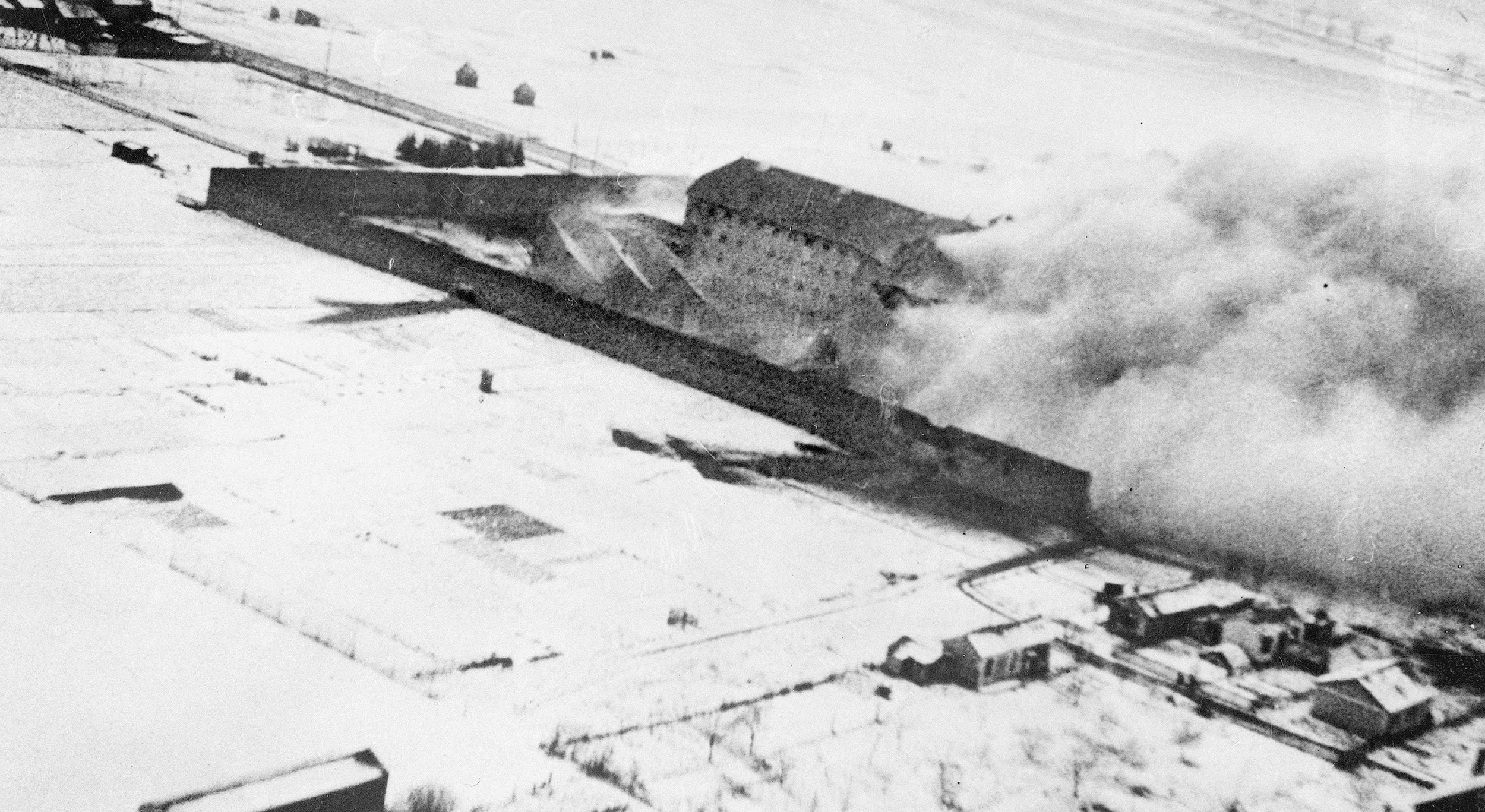
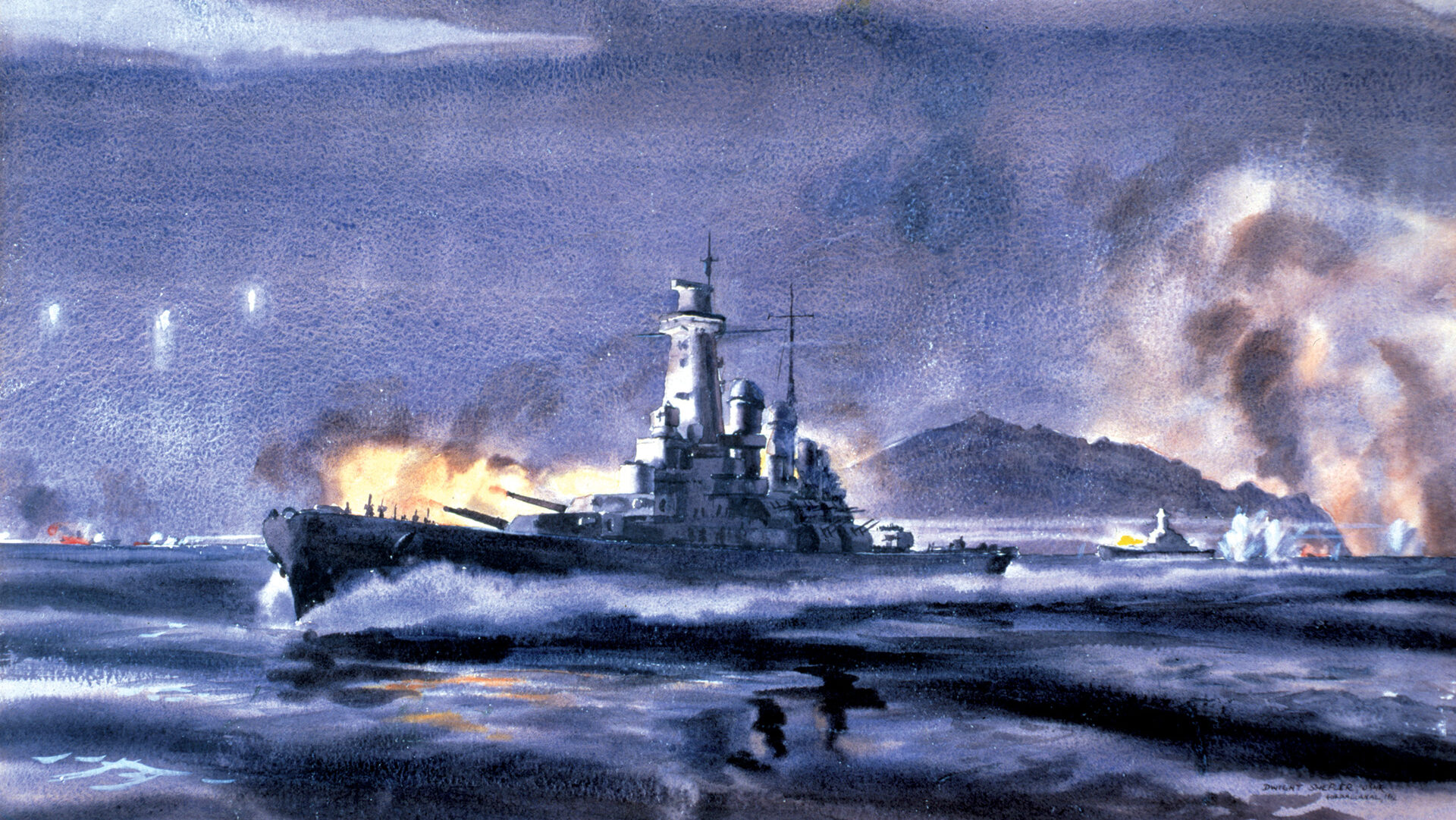
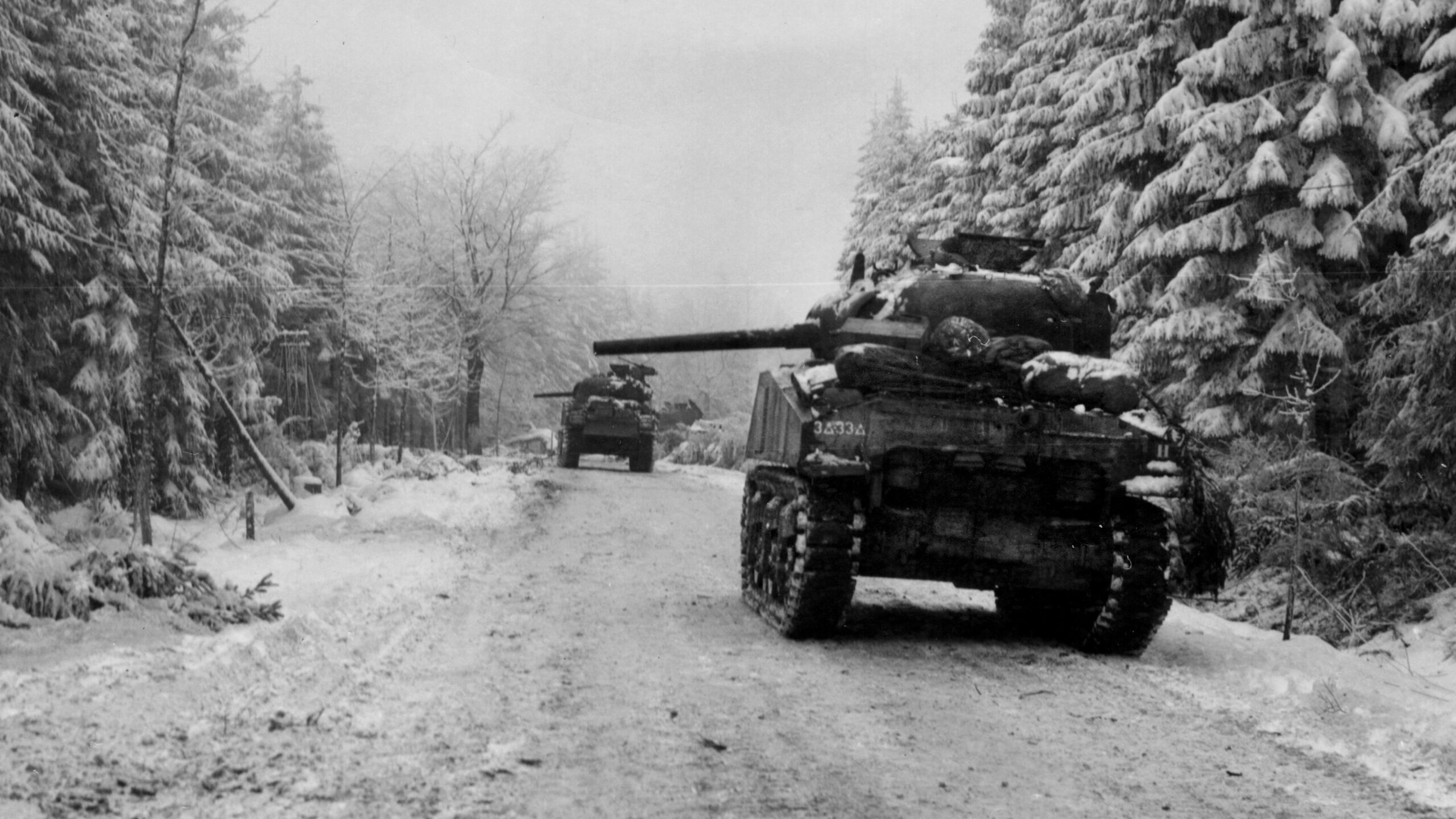
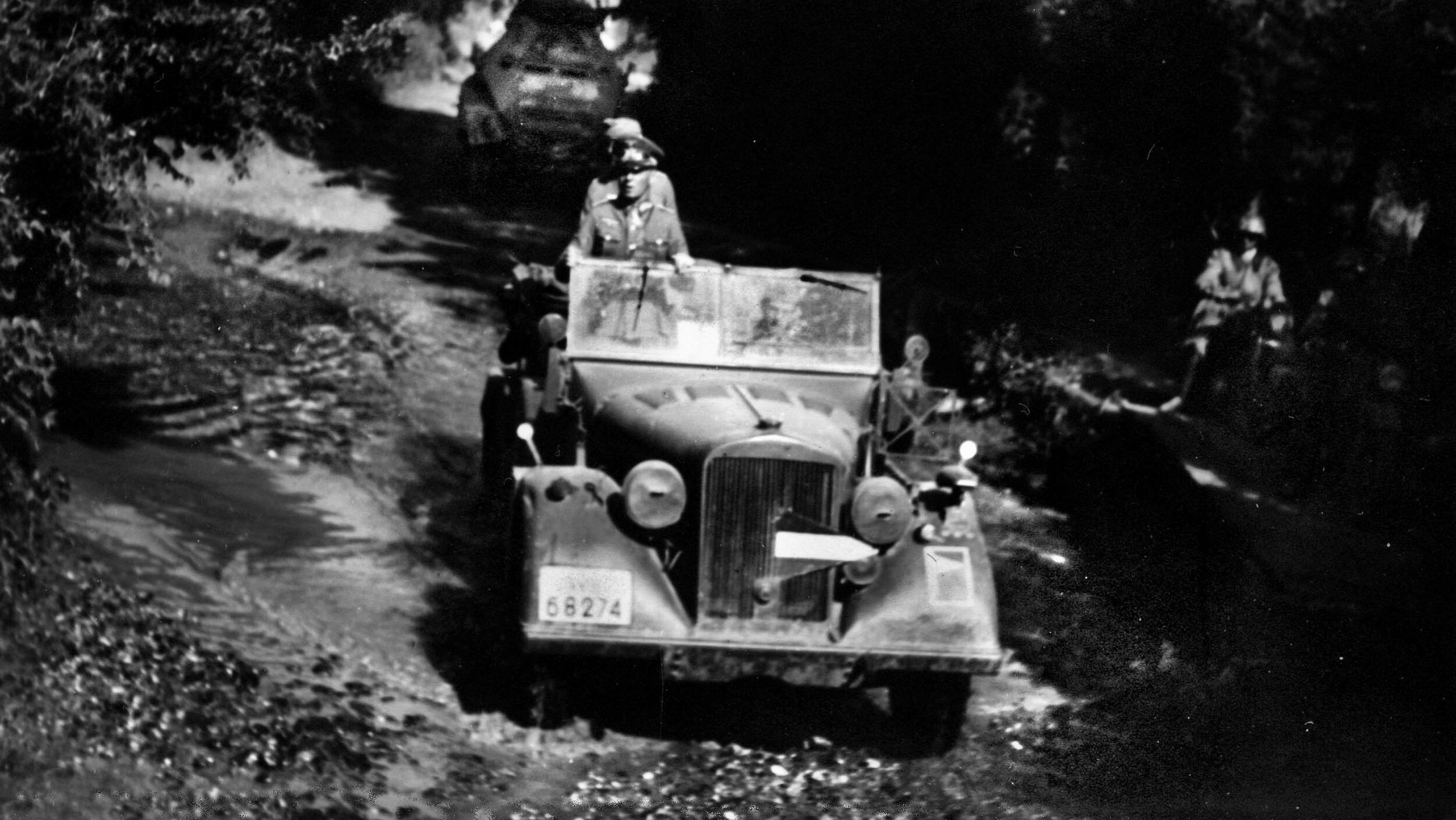
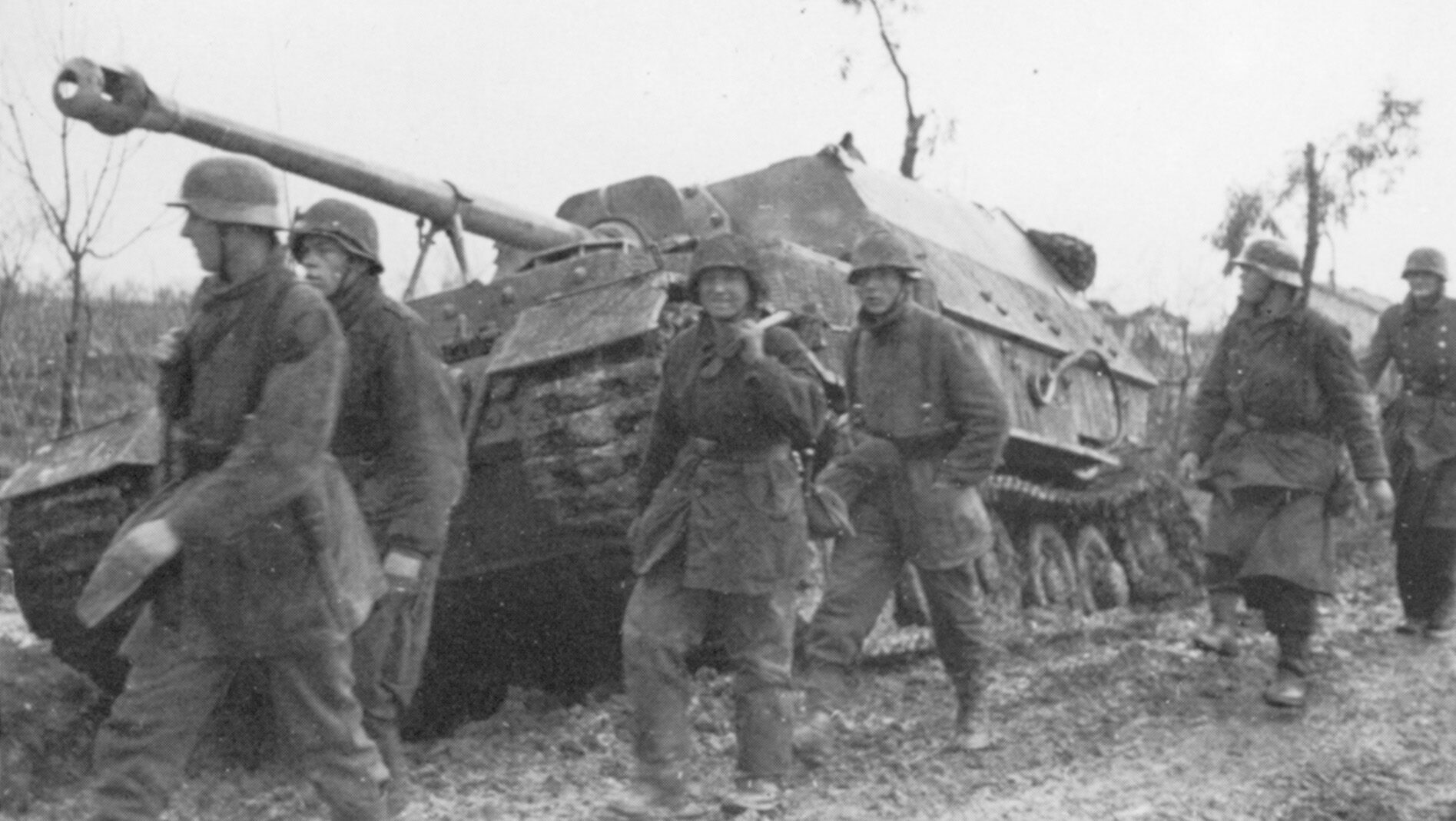
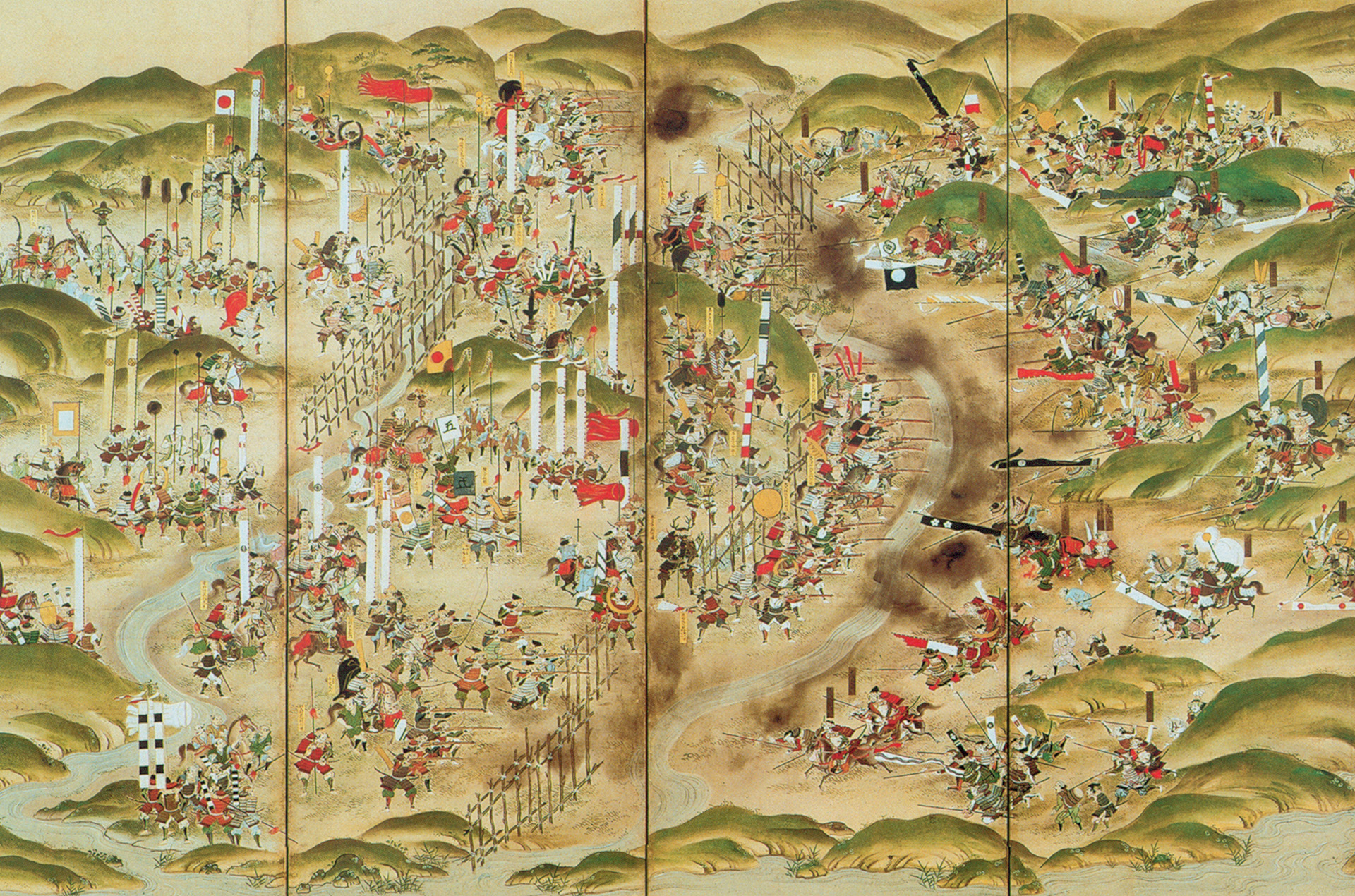
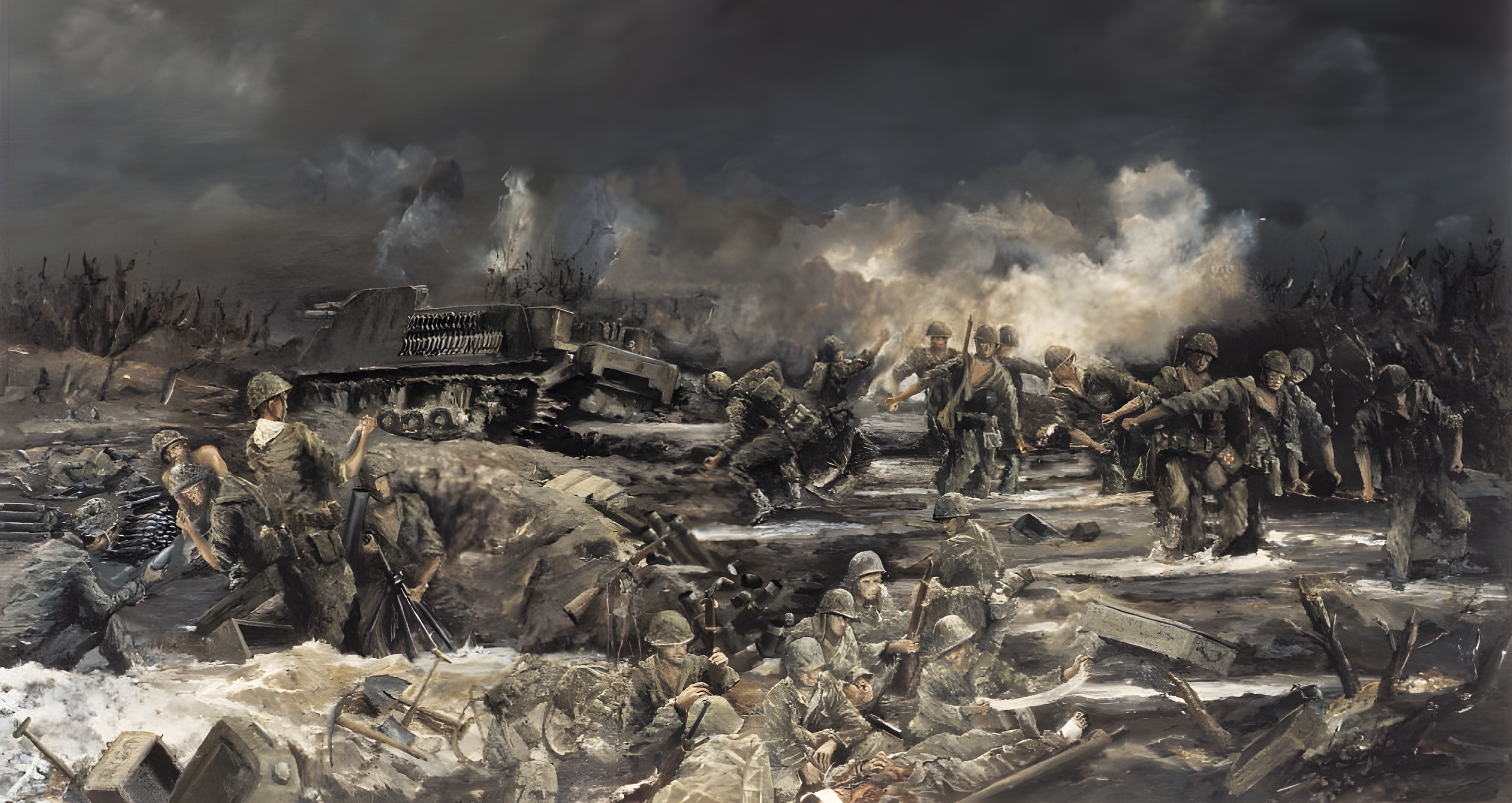
Join The Conversation
Comments
View All Comments